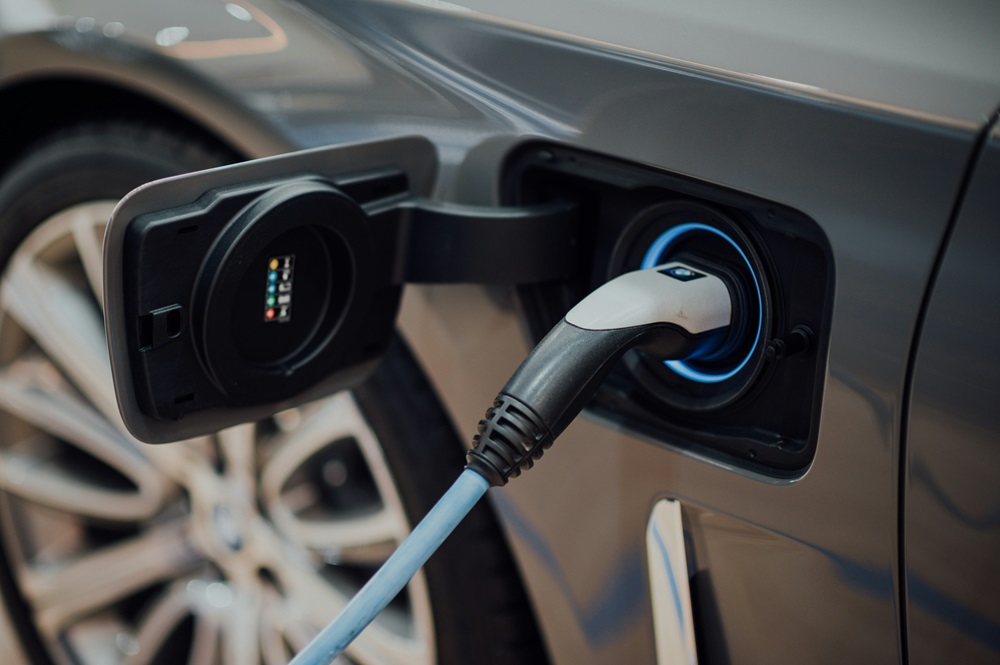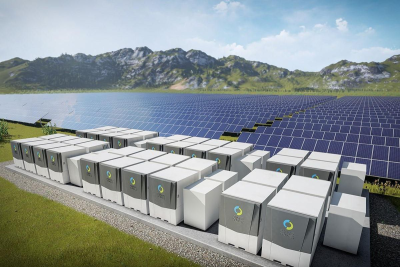Transportation is one of the major sources of pollution in India as it contributes 12% of CO2 emissions and the demand for mobility is projected to be doubled by 2050 so to tackle this problem, government is looking for alternative to traditional polluting fuel and EV appears to be the best option for that. EV is about 7% of the total current vehicles in India and government has set an ambitious target to make the share of EV to be 30 percent of total vehicles by 2030 to combat air pollution and dependence on imported oil. The goal is also to be leader in the EV manufacturing so that India could meet its own demand and export EV to rest of the world. The Faster Adoption and Manufacturing of EVs (FAME) and Electric Mobility Promotion Scheme (EMPS) schemes by government have helped in promoting manufacturing and adoption of EV. Exponential growth was seen in the sales of EV due to various incentives and road tax waiver provided by the central and state government. Past trends show greater interest of public in EV sector and also support of government with huge investment from private players.
While EVs have a higher upfront cost, their lower fuel and maintenance expenses, coupled with government incentives, make them relatively more cost-competitive compared with petrol and diesel vehicles in the long run, especially for high-mileage drivers. To solve the range anxiety among user, government has planned to develop charging infrastructure network all over the country and is encoThough heavy-duty transport electrification is still evolving, EVs are proving highly effective for short-distance freight, significantly curbing emissions and with these benefits, EVs is market is going to boom in the upcoming years and with large number of EVs it is expected to be one of the largest power consumers by 2030. Increase in EVs will high load on the grid and it will be difficult to meet the demand pattern as the charging pattern of the consumer will be difficult to be calculate and supply power. Setting of huge charging stations on national highway will demand for high capex and opex as there is still no technology present to meet charging interoperability and it will be difficult to meet demand of users with different charging requirement.
To tackle these challenges, there is need to spend money on the technology and R&D. JVs with foreign players for technological advancement may prove a boon to solve the problem of charging interoperability and range anxiety among users. As EVs are seen as replacement of traditional fossil fuel cars, the government support in this sector is expected to continue and encourage players to invest and set up their own manufacturing units in the country. Focus on EVs creates an opportunity for EV OEMs, players involved in value chain of charging infrastructure, battery and chemistry cell developers. The boost in local manufacturing in this sector will not only create various job opportunity but also help the country become self-reliant and reduce its dependence on imported oil. Increase in share of EV of the total vehicles in the country will contribute to lesser emission of CO2 and move towards greener energy solutions.



